File对象表示一个路径,可以是文件的路径,也可以是文件夹的路径。
这个路径可以存在,也允许不存在。
创建File对象的方法

public class test {
public static void main(String [] args) {
//根据字符串创建文件
String str="C:\\Users\\PC\\Desktop\\a.txt";
File f=new File(str);
System.out.println(f);
//根据父路径和子路径创建文件
//父路径:C:\\Users\\PC\\Desktop
//子路径:a.txt
String parent="C:\\Users\\PC\\Desktop";
String child="a.txt";
File f1=new File(parent,child);
System.out.println(f1);
//把一个File表示的路径和String表示的路径进行拼接
File parent2=new File("C:\\Users\\PC\\Desktop");
String child2="a.txt";
File f2=new File(parent2,child2);
System.out.println(f2);
}
}

File常见的成员方法
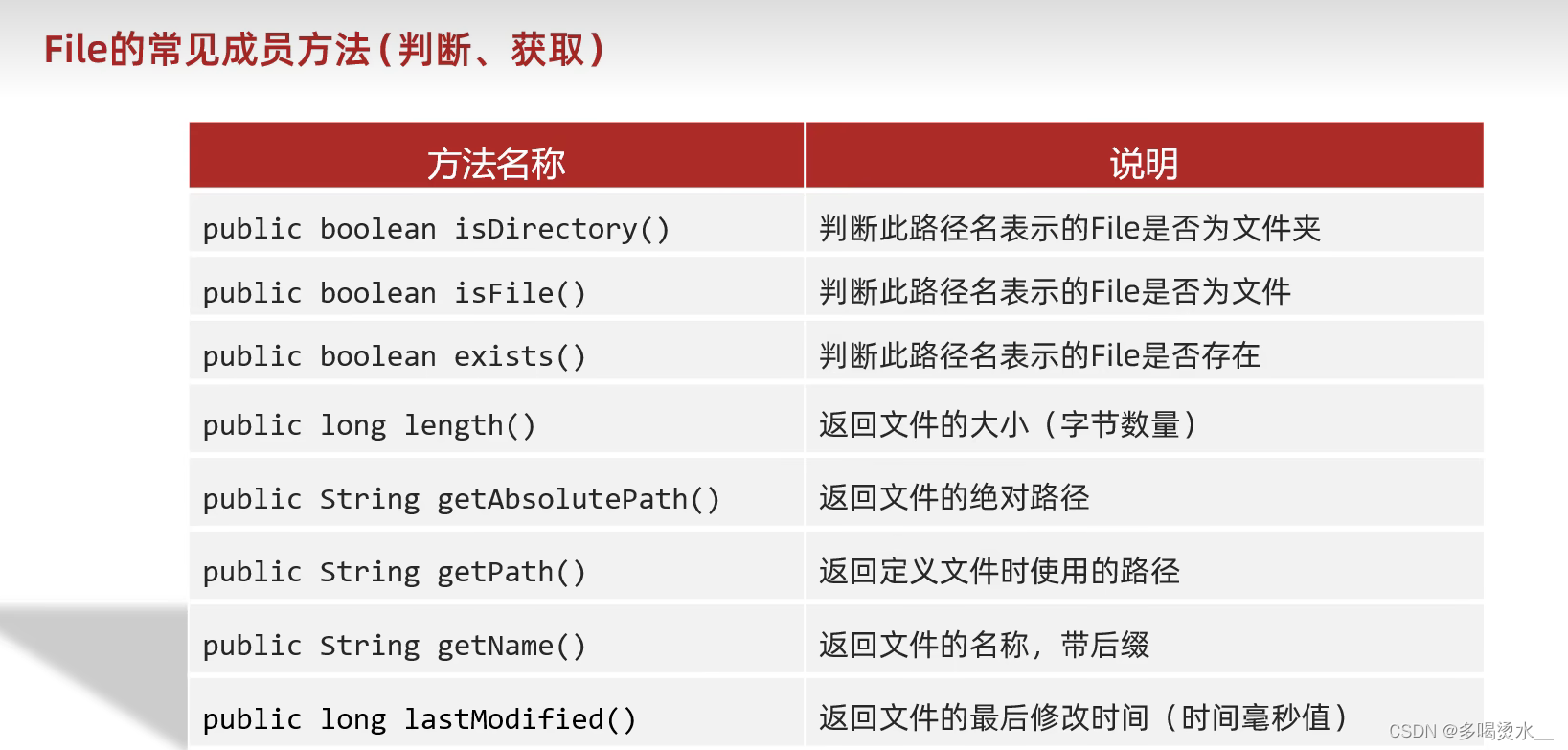
在电脑D盘中先创建了一个文件夹Date再在Date中创建了几个文件夹和文件
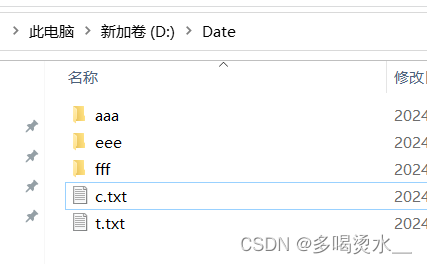
判断方法:
public class test {
public static void main(String [] args) {
//对一个文件进行判断
File f1=new File("D:\\Date\\c.txt");
System.out.println(f1.isDirectory());//判断是否为文件夹
System.out.println(f1.isFile());//判断是否为文件
System.out.println(f1.exists());//判断是否存在
System.out.println("-------------");
//对一个文件夹进行判断
File f2=new File("D:\\Date\\aaa");
System.out.println(f2.isDirectory());
System.out.println(f2.isFile());
System.out.println(f2.exists());
System.out.println("-------------");
//对一个不存在路径进行判断
File f3=new File("D:\\Date\\abc");
System.out.println(f3.isDirectory());
System.out.println(f3.isFile());
System.out.println(f3.exists());
}
}

获取方法:
public class test {
public static void main(String [] args) {
File f1=new File("D:\\Date\\c.txt");
long len=f1.length();//获取文件长度(字节数)
System.out.println(len);
System.out.println("---------");
File f2=new File("\\c.txt");
String s1 =f1.getAbsolutePath();
String s2 =f2.getAbsolutePath();//获取文件绝对路径
System.out.println(s1);
System.out.println(s2);
System.out.println("---------");
String t1= f1.getPath();//返回文件使用时的路径,就是定义file的路径
String t2= f2.getPath();
System.out.println(t1);
System.out.println(t2);
System.out.println("---------");
String n1= f1.getName();
System.out.println(n1);
File f3=new File("D:\\Date\\aaa");
String n2=f3.getName();
System.out.println(n2);
System.out.println("---------");
System.out.println(f1.lastModified());//最后修改时间(毫秒值)
}
}
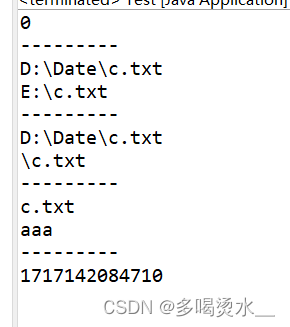
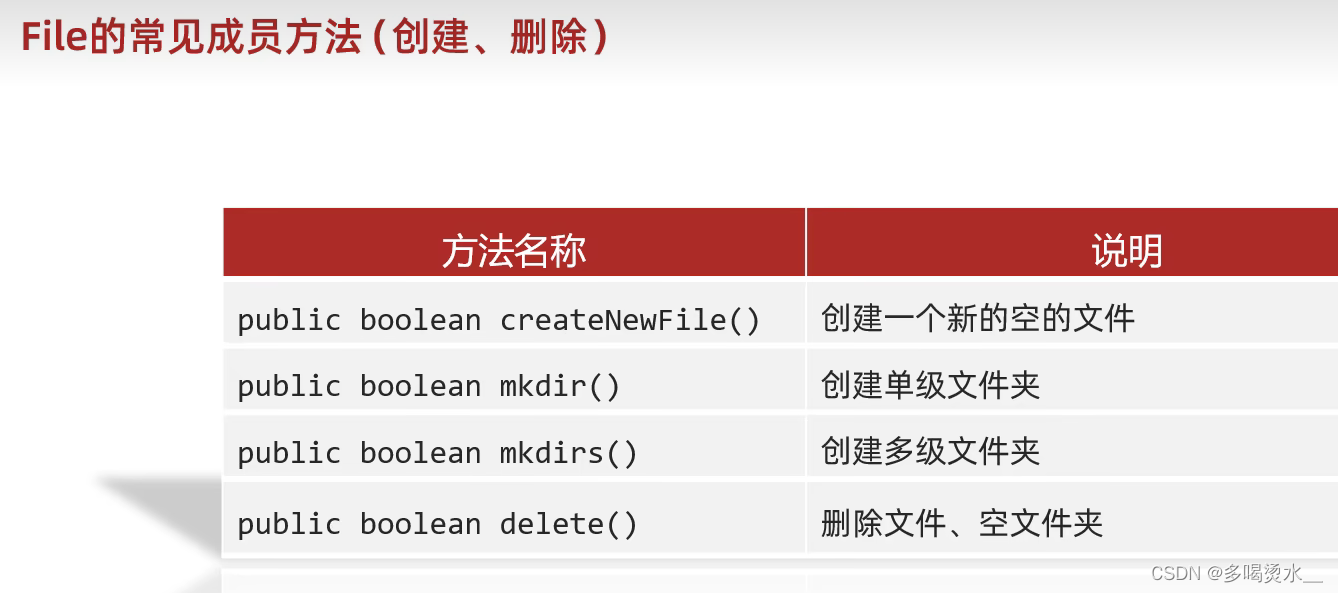
createNewFile()——创建一个新的空的文件
注:当前路径的表示的文件是不存在的,则创建成功,方法返回true,若文件已存在,则创建失败,方法返回false。
若父级路径是不存在的,那么方法会有异常。
createNewFile方法创建的一定是文件,若路径中不包含后缀名,则创建一个没有后缀名的文件。
public class test {
public static void main(String [] args) throws IOException {
File f1=new File("D:\\Date\\g.txt");
boolean file=f1.createNewFile();
System.out.println(file);
}
}



mkdir()——创建单级文件夹
public class test {
public static void main(String [] args) throws IOException {
File f1=new File("D:\\Date\\ggg");
boolean file=f1.mkdir();
System.out.println(file);
}
}

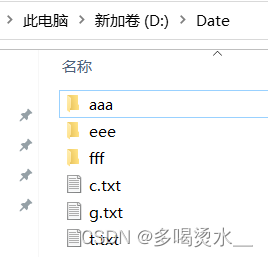
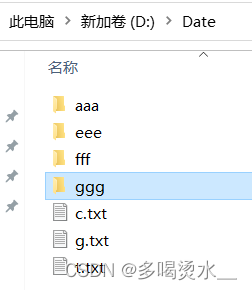
mkdirs()——创建多级文件夹
public class test {
public static void main(String [] args) throws IOException {
File f1=new File("D:\\Date\\ggg\\bbb\\sss");
boolean file=f1.mkdirs();
System.out.println(file);
}
}


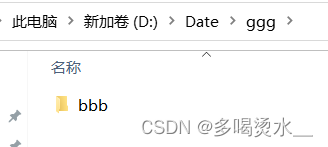
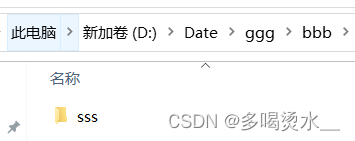
delete()——删除文件、文件夹
若删除的是文件,则直接删除不走回收站。
若删除的是空文件夹,则直接删除不走回收站。
若删除的是有内容的文件夹,则删除失败。
public class test {
public static void main(String [] args) throws IOException {
File f1=new File("D:\\Date\\g.txt");
boolean b=f1.delete();
System.out.println(b);
}
}


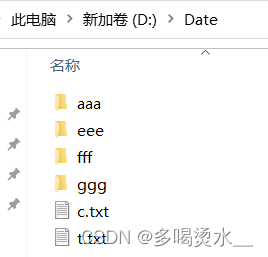

public class test {
public static void main(String [] args) throws IOException {
File f1=new File("D:\\Date");
File[] file= f1.listFiles();
for (File file2 : file) {//使用增强for进行遍历
System.out.println(file2);
}
}
}

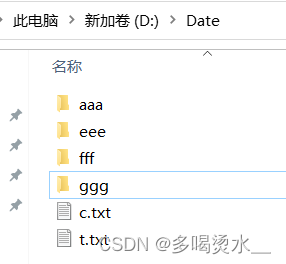

综合练习
1.在当前模块下的aaa文件夹创建一个a.txt文件
public class test {
public static void main(String [] args) throws IOException {
//先创建父级路径文件夹aaa
File f=new File("aaa");
f.mkdirs();//创建文件夹
String t="a.txt";
File file=new File(f,t);//将父级路径和子级路径拼接
boolean b=file.createNewFile();
if(b) {
System.out.println("创建成功");
}else {
System.out.println("创建失败");
}
}
}

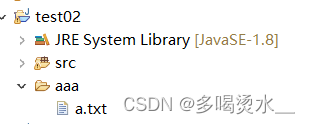
2.定义一个方法找某个一个文件夹中,是否有def结尾的文件。
public class test {
public static void main(String [] args) throws IOException {
File f1=new File("D:\\Date\\eee");
boolean b=find(f1);
System.out.println(b);
}
public static boolean find(File file) {
File[] files=file.listFiles();//先把文件放入一个数组中,再进行遍历
for(File f:files) {
if(f.isFile()&&f.getName().endsWith(".def")) {
return true;
}
}
return false;
}
}


3.找到电脑中D盘所有以def结尾的文件(考虑子文件夹)
分析:需要先遍历D盘,得到D盘的文件或文件夹,然后再依次遍历其中的文件或文件夹。此时需要递归的方法。
public class test {
public static void main(String [] args) {
File f=new File("D:\\");
find(f);
}
//查找方法
public static void find(File file) {
File[] files=file.listFiles();
if(files!=null) {
for(File f : files) {//遍历
if(f.isFile()) {//f为文件
if(f.getName().endsWith("def")) {
System.out.println(f);
}
}else {//若f为文件夹,需再进行遍历
find(f);
}
}
}
}
}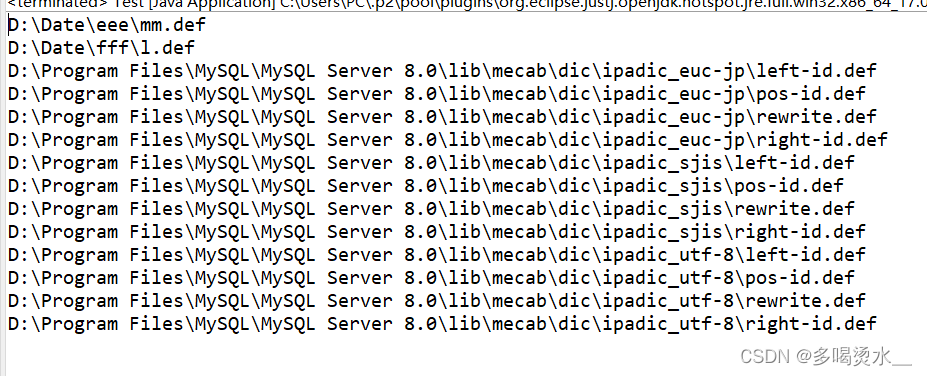
4.删除多级文件夹
分析:先删除文件夹中的内容,再删除自己。因为有多个文件夹,所以也使用递归方法。
public class test {
public static void main(String [] args) {
File f=new File("D:\\Date\\ggg");
delet(f);
}
//删除有内容的文件夹
//先进入文件夹,再删除文件,
public static void delet(File file) {
File[] files=file.listFiles();
for(File f:files) {//遍历文件夹
if(f.isFile()) {
f.delete();
}else {
delet(f);
}
}
file.delete();//文件夹中无内容后将自己删掉
}
}
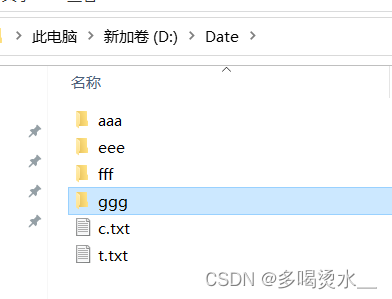

5.统计文件夹的大小(其实就是文件夹中各个文件的大小)
分析:也用到了递归思想。
public class test {
public static void main(String [] args) {
File src=new File("D:\\Date\\aaa");
long len=getLen(src);
System.out.println(len);
}
//统计文件夹长度
public static long getLen(File file) {
long len=0;
File[] files=file.listFiles();
for(File f:files) {
if(f.isFile()) {
len+=f.length();
}else {
len+=getLen(f);
}
}
return len;
}
}


6.统计一个文件夹中的每种文件的个数并打印(考虑子文件夹),打印格式例如:txt:3个、doc:5个等等格式。
分析:利用File、递归、Map集合(键值对,键:文件名,值:个数)
1)先创建Map集合用来存放遍历文件的文件名和个数
2)if:先进入文件,遍历文件,判断是否为文件还是文件夹,利用getName()获取文件名字name,利用split()分割文件,成为数组。(例如:a.txt (a为arrr[0],txt为arr[1]))
3)判断数组长度,长度小于2为没有后缀,不进入存储到集合中。
4)获取文件后缀名(txt/doc等等),判断后缀名是否存在于map集合中,若存在,获取此后缀名的值进行加加,然后存放到集合中,若不存在,则直接存放到集合中。
5)else:若进入的是文件夹,利用递归,创建一个新的sonmap集合,此集合已经遍历了文件夹中的文件,需要将此文件和个数加入到map中。
6)利用entryset遍历,获取键和值,将键与map集合比较,若存在,则获取map集合中的值,将map的值和sonmap的值相加,再存放到map中,若不存在,则直接存放到map中。
public class test {
public static void main(String [] args) {
File src=new File("D:\\Date\\aaa");
HashMap<String, Integer> hm=getcount(src);
System.out.println(hm);
}
//统计文件的个数
//因为要输出(文件名=个数)所以用到了map集合的键值对
public static HashMap<String, Integer> getcount(File file) {
HashMap<String, Integer> hm=new HashMap<>();
//进入文件夹
File[] files=file.listFiles();
for(File f:files) {
if(f.isFile()) {//文件
String name=f.getName();//先获取文件名字
String[]str=name.split("\\.");//例如:t.txt,获取这个,才能获取键值对
if(str.length>=2) {//防止没有后缀的文件,不加入集合中
//判断集合中是否存在这个键,存在:值加加;不存在:加入集合
String endname=str[str.length-1];//防止a.a.txt出现
if(hm.containsKey(endname)) {
//存在
int count=hm.get(endname);
count++;
hm.put(endname, count);
}else {
//不存在
hm.put(endname, 1);
}
}
}else {//文件夹,递归
//若文件夹递归进去获得文件,但文件个数并未累加到map中
//需要在建立一个sonhm表示hm的子map
HashMap<String, Integer>sonhm=getcount(f);
//现在的sonhm中有遍历到的(文件名和个数)
//需要遍历sonhm
Set<Entry<String, Integer>>entries=sonhm.entrySet();
for(Entry<String, Integer>set:entries) {
String key=set.getKey();
Integer value=set.getValue();
//判断key在hm中是否存在
if(hm.containsKey(key)){
//存在
int count=hm.get(key);
count=count+value;//将hm中的值和sonhm中的值相加
hm.put(key, count);
}else {
//不存在
hm.put(key, 1);
}
}
}
}
return hm;
}
}


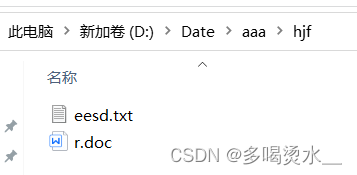






















 被折叠的 条评论
为什么被折叠?
被折叠的 条评论
为什么被折叠?








